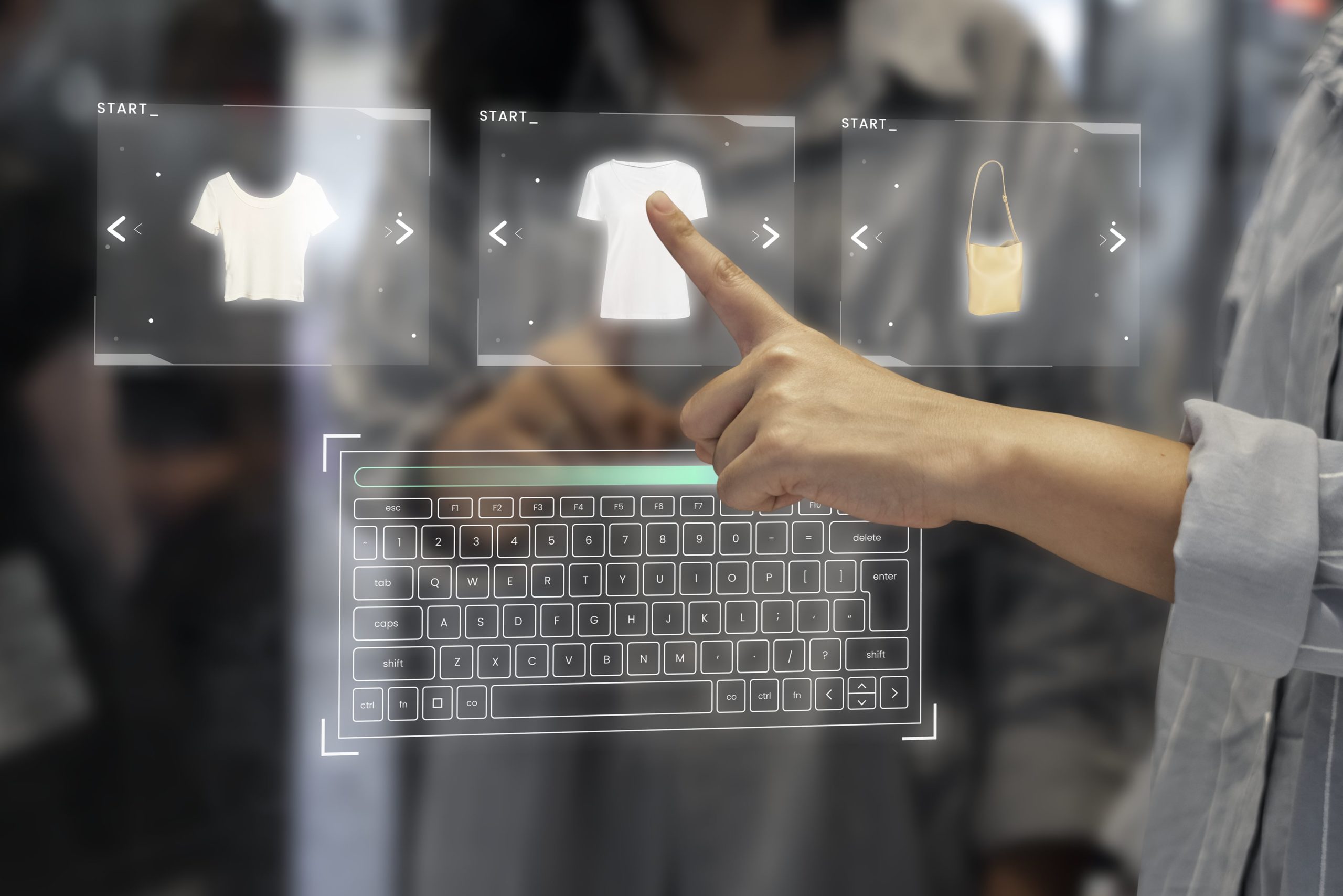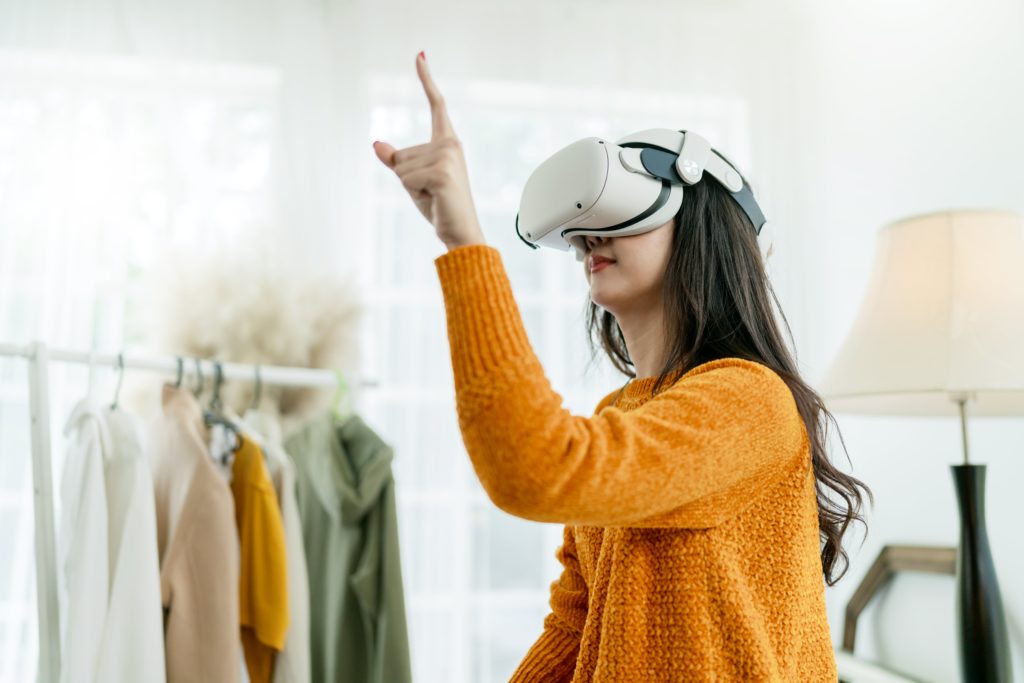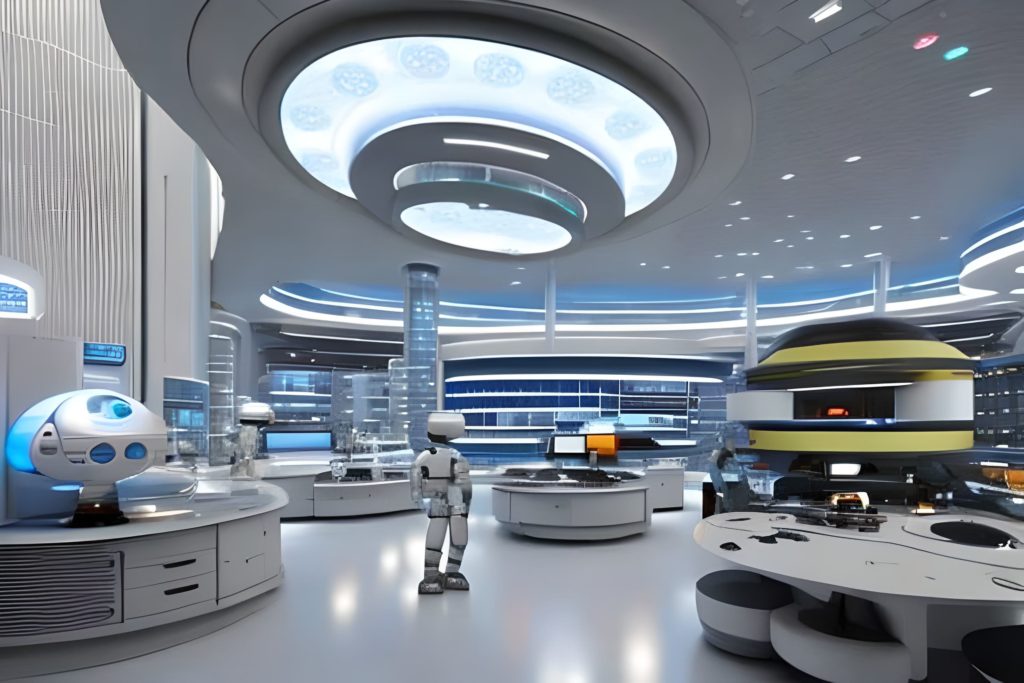Interactive and Immersive
- Interactive displays, touchscreen interfaces, and digital signage will all be used in stores to engage customers and produce immersive experiences.
- Customers May Be Able To Study Product Details, Obtain User-Generated Reviews, And Compare Options In Real-Time Thanks To These Technologies.




